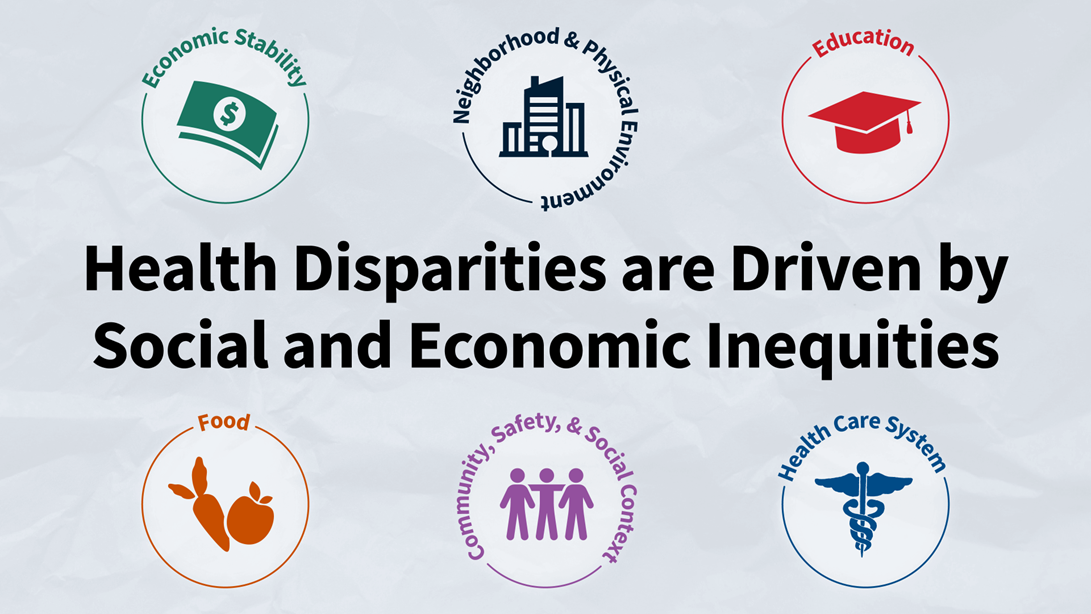A public health nurse and a public health team are assessing a community using the ecological model. Which of the following characteristics should the team consider first?
Individual
Close social circles
Social and cultural factors
Environment
The Correct Answer is D
Choice A Reason:
Considering the individual characteristics first focuses on personal attributes such as age, gender, genetics, and personal health behaviors. While these factors are important, the ecological model emphasizes the broader context in which individuals live. Starting with individual characteristics may overlook the larger environmental and social influences that significantly impact health outcomes.
Choice B Reason:
Close social circles, including family, friends, and immediate social networks, play a crucial role in shaping health behaviors and providing support. These relationships can influence lifestyle choices, stress levels, and access to resources. However, focusing on close social circles first may not capture the broader environmental and societal factors that also affect health.
Choice C Reason:
Social and cultural factors encompass the norms, values, and practices of the community. These factors influence health behaviors, access to healthcare, and overall well-being. While social and cultural factors are vital, they are part of a larger context that includes the physical environment. Addressing these factors without considering the environment may provide an incomplete picture of the community's health.
Choice D Reason:
The environment includes the physical, social, and economic conditions in which people live. This encompasses factors such as housing quality, access to green spaces, pollution levels, and availability of healthcare services. The environment sets the stage for individual and community health by influencing exposure to risks and access to resources. Starting with the environment provides a comprehensive understanding of the context in which individuals and communities operate, making it the most appropriate starting point for an ecological assessment.
Nursing Test Bank
Naxlex Comprehensive Predictor Exams
Related Questions
Correct Answer is ["A","B","D","E"]
Explanation
Choice A Reason:
a) Assess the community: This is the first step in addressing community health needs. It involves gathering data about the community's health status, resources, and needs. This can be done through surveys, interviews, focus groups, and public forums. The assessment helps to identify the health problems and needs of the community, which is essential for planning effective interventions.
Choice B Reason:
b) Analyze the findings and identify the needs: After collecting data, the next step is to analyze it to identify the community's health needs. This involves looking at the data to find patterns and trends that indicate health problems. By identifying these needs, the nurse can prioritize which issues to address first. This step is crucial for developing a targeted and effective health plan.
Choice C Reason:
c) Decide on educational theories to use: This step is not directly related to the initial assessment and planning process. Deciding on educational theories is more relevant when planning specific health education interventions. While important, it is not a primary step in assessing and addressing community health needs.
Choice D Reason:
d) Use measurable indicators to evaluate the plan: Using measurable indicators is essential for evaluating the effectiveness of the health plan. These indicators help to track progress and determine whether the interventions are achieving the desired outcomes. This step ensures that the health plan is effective and allows for adjustments to be made if necessary.
Choice E Reason:
e) Collaborate with the residents of the community on what interventions will work for that community and prioritize them: Collaboration with the community is vital for the success of any health intervention. By involving community members in the planning process, the nurse can ensure that the interventions are culturally appropriate and accepted by the community. This collaboration also helps to prioritize the interventions based on the community's needs and preferences.
Correct Answer is C
Explanation
Choice A Reason:
Data analysis involves examining and interpreting the collected data to identify patterns, trends, and relationships. This stage includes statistical analysis, creating comparative tables, and computing measures of association such as risk ratios or odds ratios. While crucial, this stage comes after the conceptualization and design phase.
Choice B Reason:
Conduct/implementation refers to the actual execution of the study, including data collection and ensuring that the study follows the designed protocol. This stage involves gathering data from participants, ensuring compliance with ethical standards, and managing the logistics of the study. It follows the conceptualization and design phase.
Choice C Reason:
Conceptualization/design is the initial stage of an analytic study where the research question is defined, hypotheses are generated, and the study design is developed. This stage involves planning the methodology, selecting the study population, and determining the data collection methods. The nurse's involvement in this stage indicates participation in the foundational planning and structuring of the study.
Choice D Reason:
Interpretation of findings involves analyzing the results of the data analysis to draw conclusions and make recommendations based on the study's outcomes. This stage includes discussing the implications of the findings, identifying limitations, and suggesting areas for further research. It is one of the final stages of the study process.

Whether you are a student looking to ace your exams or a practicing nurse seeking to enhance your expertise , our nursing education contents will empower you with the confidence and competence to make a difference in the lives of patients and become a respected leader in the healthcare field.
Visit Naxlex, invest in your future and unlock endless possibilities with our unparalleled nursing education contents today
Report Wrong Answer on the Current Question
Do you disagree with the answer? If yes, what is your expected answer? Explain.
Kindly be descriptive with the issue you are facing.
